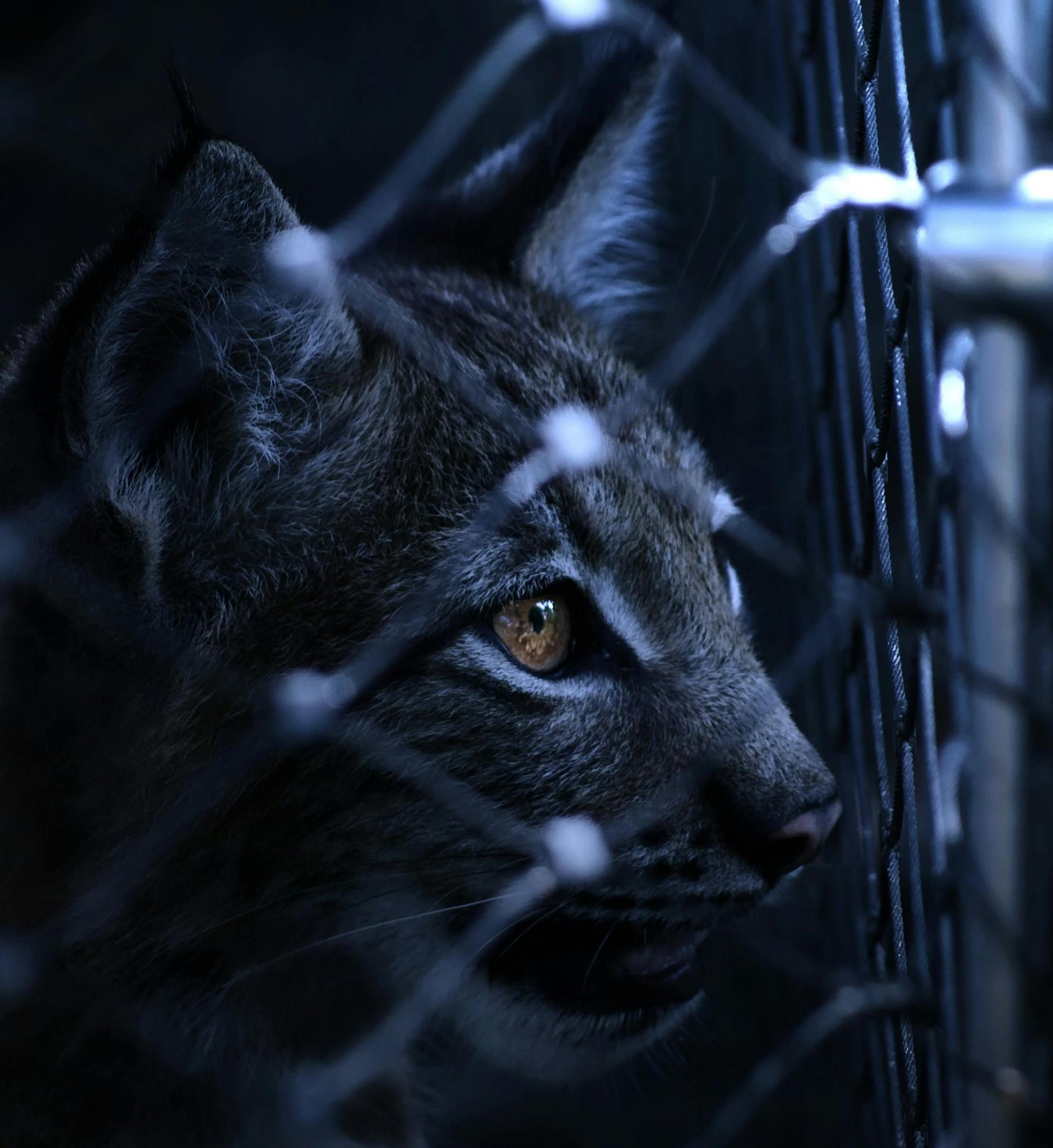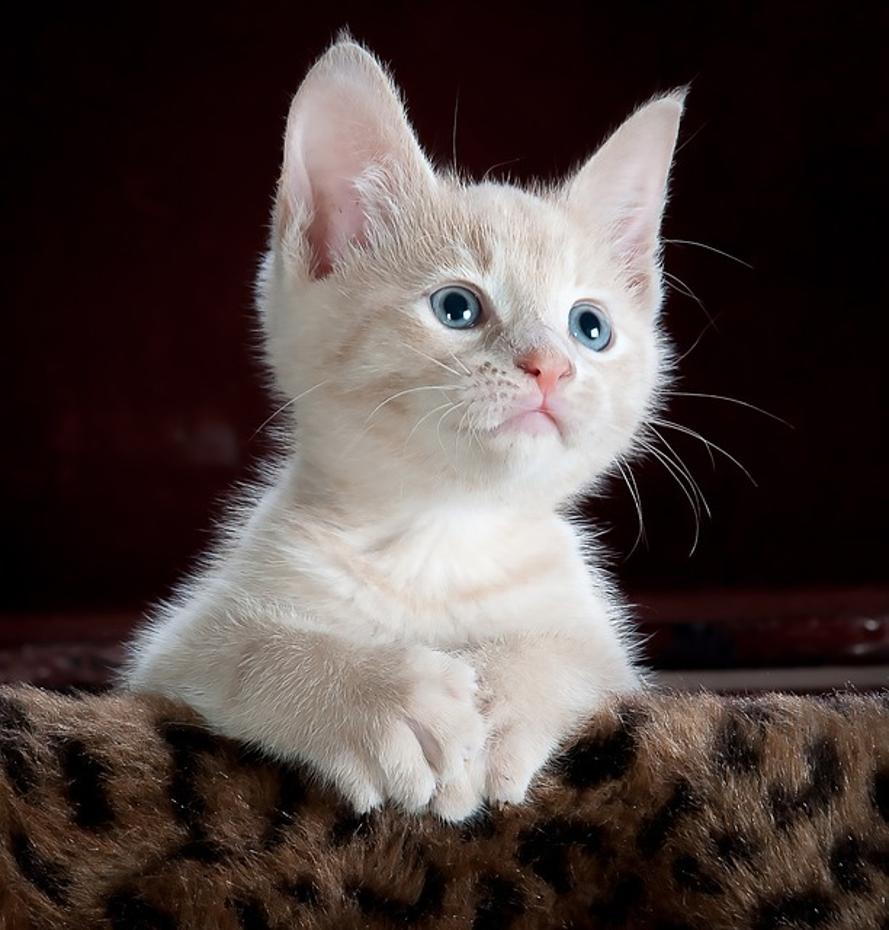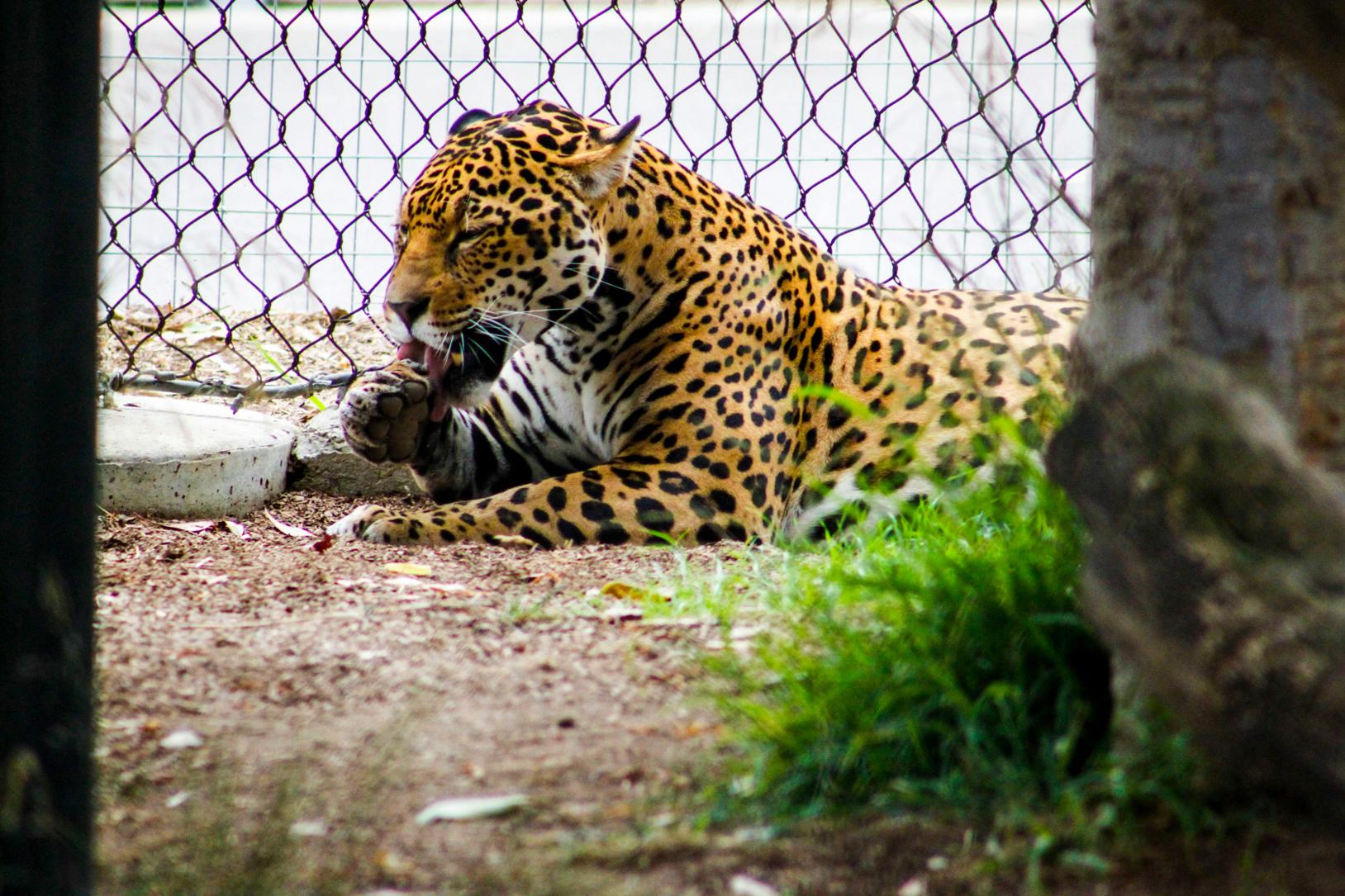Introduction
Creating a safe outdoor space for your feline friend can enhance their quality of life while ensuring their safety. Building a cat enclosure, or ‘catio,’ provides a secure environment for your cat to enjoy the outdoors. Whether you’re an experienced DIY enthusiast or just starting, this guide will walk you through every step to build the perfect cat enclosure.

Why Cat Enclosures Are Essential
Cat enclosures are vital for several reasons. They protect your cat from outdoor hazards such as traffic, predators, and toxins. Additionally, enclosures provide mental and physical stimulation, reducing the risk of obesity and boredom-related behaviors. They also help preserve local wildlife by preventing your cat from hunting birds and small animals. An enclosure ensures your cat enjoys the benefits of the outdoors while minimizing risks.
Choosing the Right Location for Your Cat Enclosure
Selecting the perfect spot for your cat enclosure is crucial. Ideally, choose a location that offers a mix of sun and shade to cater to your cat’s varying preferences. The area should provide enough space for your cat to move around freely and engage in play. Consider accessibility from your home, ensuring easy access for your cat and convenient cleaning and maintenance. Design the enclosure to integrate naturally with your garden or patio’s existing layout.
Choosing the right location is not only about convenience but also about ensuring your cat has an enriching experience. As you move into the planning and designing phase, keep the chosen spot in mind to create a cohesive and functional structure.
Planning and Designing Your Cat Enclosure
Sketching Your Design
Before starting construction, sketch your enclosure design. Include the dimensions, entry points, and any desired features like shelves or climbing structures. A well-thought-out design ensures a smooth building process and a functional final product.
What Features to Include
Incorporate features that cater to your cat’s physical and mental needs. Include shelves for climbing, perches for lounging, and tunnels for exploring. Adding a scratching post and some cat-safe plants can make the space more engaging. Ensure proper ventilation and weather protection, so your cat remains comfortable year-round.
Careful planning and incorporating the right features will set the stage for a successful build. Now, let’s gather the necessary materials and tools to bring your design to life.
Materials and Tools You Will Need
To construct your cat enclosure, gather the following materials and tools:
- Wooden beams for the frame
- Welded wire mesh for the walls and roof
- Screws and nails
- Hinges and a latch for the door
- Cat door
- Waterproof roofing material
- Measuring tape
- Saw
- Drill
- Hammer
- Screwdriver
Prepare all materials in advance to streamline the building process.
Having all materials ready allows you to proceed smoothly as we move into the step-by-step guide on constructing your cat enclosure.
Step-by-Step Guide to Building Your Cat Enclosure
Constructing the Frame
- Measure and cut the wooden beams according to your design.
- Assemble the frame by screwing or nailing the beams together. Ensure the frame is sturdy and level.
Installing the Roof and Sides
- Attach the welded wire mesh to the frame using screws or nails. Start with the sides, then cover the top.
- Ensure there are no gaps where your cat could escape.
- Cover the top with waterproof roofing material to protect your cat from the elements.
Attaching the Cat Door
- Choose an accessible location for the cat door.
- Cut an appropriately sized hole in the mesh.
- Install the cat door according to the manufacturer’s instructions, ensuring it is securely fastened.
With the basic structure in place, you can start focusing on creating an enriching environment for your cat within the enclosure.

Enrichment and Customization
Adding Climbing Structures and Toys
Incorporate various climbing structures to keep your cat engaged. Install shelves at different heights, and add ramps, tunnels, and bridges. Interactive toys and puzzle feeders can provide mental stimulation and prevent boredom.
Including Cat-Friendly Plants
Introduce cat-safe plants like catnip, cat grass, and spider plants. These plants can add greenery and provide sensory enrichment for your cat. Avoid toxic plants, and ensure any vegetation is non-toxic and safe if ingested.
Customization not only makes the space more enjoyable for your cat but also ensures they remain physically and mentally stimulated. Let’s ensure the longevity and safety of this space with regular maintenance.

Maintenance and Safety Tips
Regular maintenance is crucial to ensure the longevity and safety of your cat enclosure. Clean the enclosure weekly, removing any waste and debris. Check for any damage to the structure, especially the wire mesh, and repair as needed. Replace any worn or damaged toys and structures. Ensure the enclosure remains secure to prevent escapes and keep predators out.
Conclusion
Building a cat enclosure can greatly enhance your cat’s quality of life. By following this guide, you can create a safe, stimulating environment for your feline friend to enjoy the outdoors. Regular maintenance and enrichment will keep the enclosure in top condition and your cat happy and healthy.
Frequently Asked Questions
What materials are best for building a cat enclosure?
The best materials include wooden beams for the frame, welded wire mesh for the walls and roof, and waterproof roofing material. These materials are durable and provide a secure structure.
How often should I clean the cat enclosure?
You should clean the cat enclosure at least once a week. Regular cleaning helps prevent the buildup of waste and debris, ensuring a healthy environment for your cat.
Can I build an indoor cat enclosure?
Yes, you can build an indoor cat enclosure. Use similar materials and designs, but adjust the size to fit within your home. Indoor enclosures can provide a safe space for your cat to play and explore.
